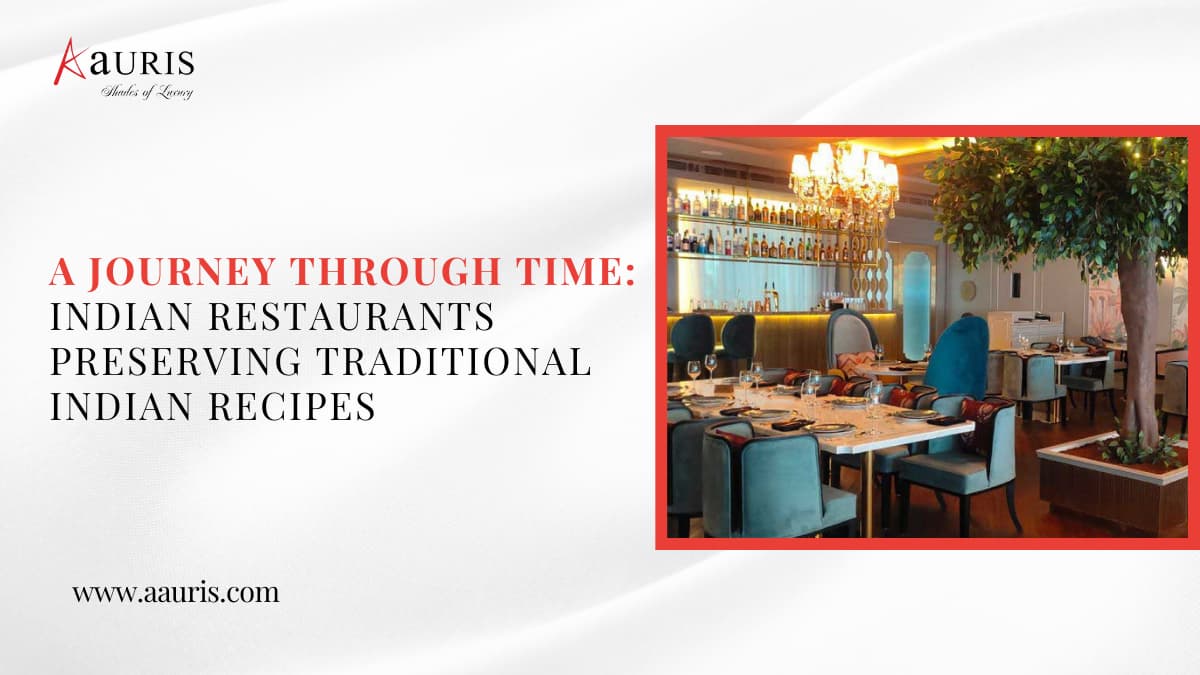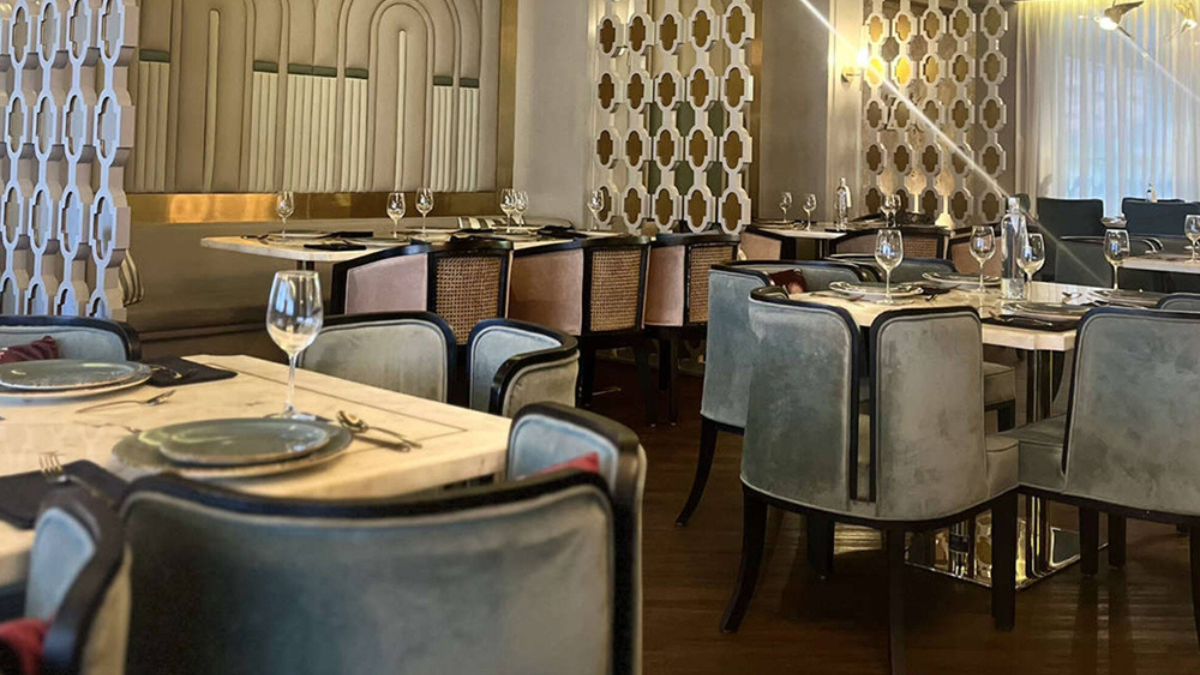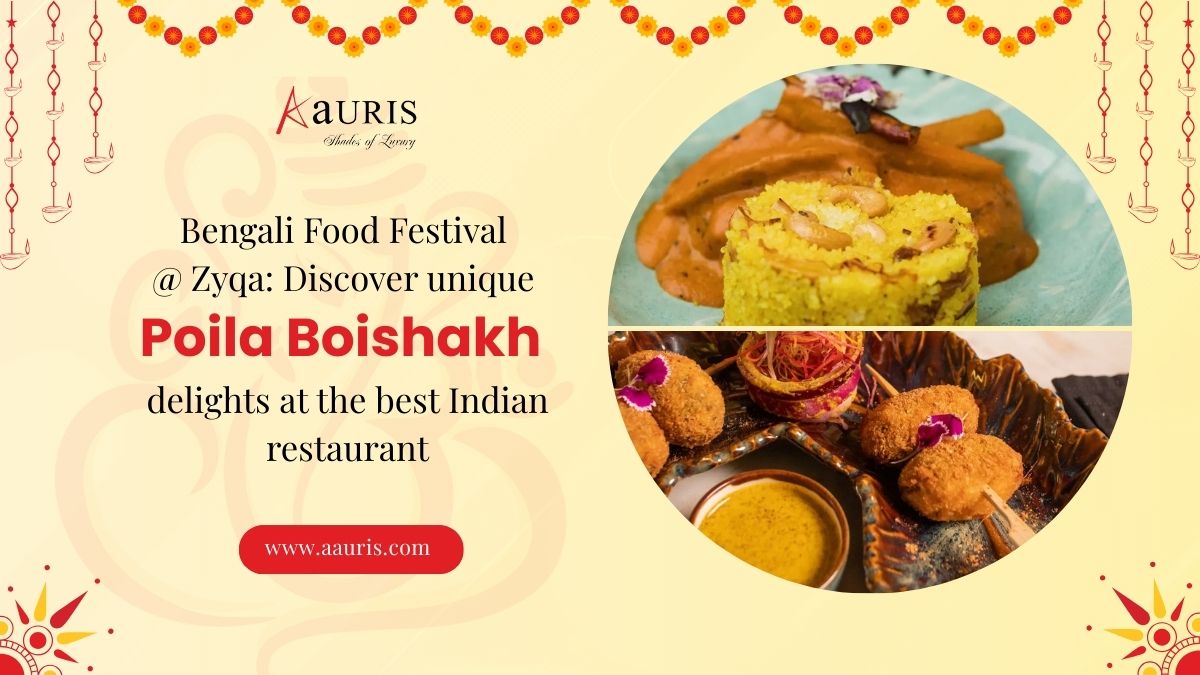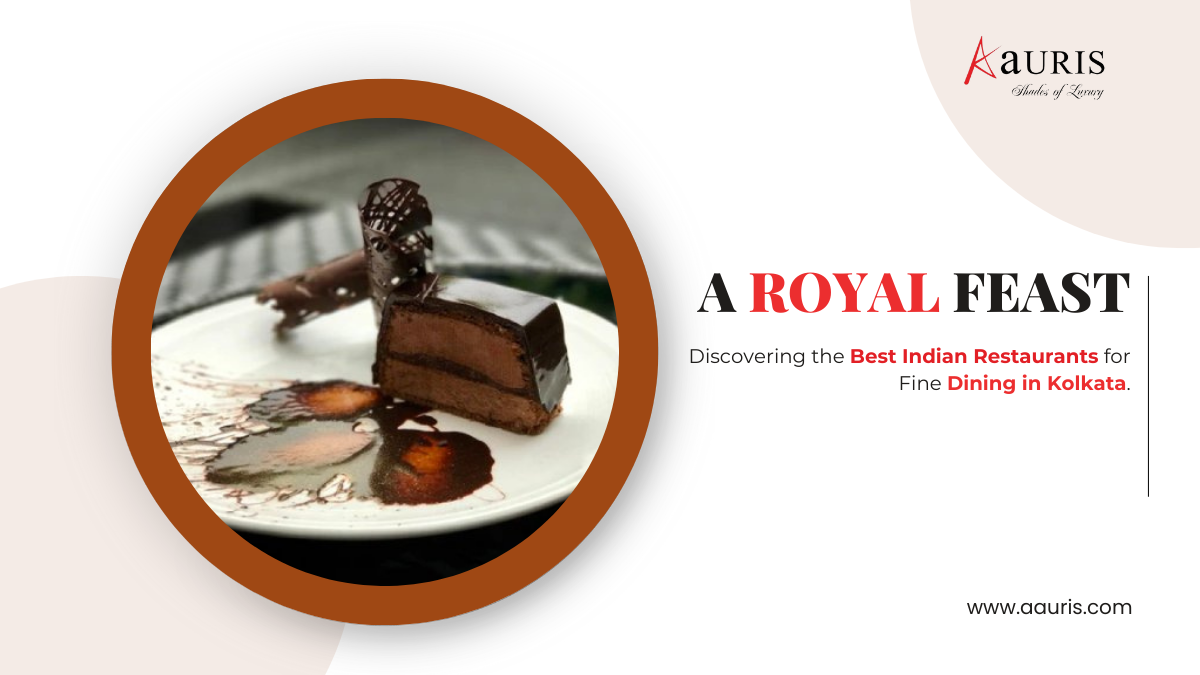Indian cuisine is one of the oldest and most diverse in the world. Its history spans thousands of years, creating a deep connection to culture, geography, and tradition. Over time, these dishes have created a vibrant culinary landscape, where each dish tells a story.
From the bustling streets of Delhi to the peaceful shores of Kerala, and historical sites in Kolkata, modern Indian cuisine has been passed down through generations. These play a crucial role in preserving the essence of the country’s culinary heritage. But recently, many of these dishes have been at risk of being forgotten. Fortunately, Indian restaurants in Kolkata have been doing a great deed in preserving these age-old culinary traditions.
The Roots of Indian Cuisine: Know where it all comes from.
It’s important to acknowledge the historical evolution of Indian cuisine in order to understand the significance of preserving traditional Indian recipes. The foundation of Indian food lies in the ancient practices of Ayurveda. Back in the day, food was not just a means of sustenance but also a way of promoting health and wellness. The spices that people used in Indian cooking had medicinal properties in them. These were also important to balance the body’s doshas (energy forces).

Over time, various dynasties, including the Mauryas, Guptas, and Mughals, left their imprint on Indian cuisine. There was the incorporation of new ingredients and cooking techniques. The Silk Road brought with it exotic spices and ingredients like saffron, almonds, and dried fruits. Similarly, British colonial rule also introduced new cooking methods and ingredients, leading to the creation of fusion dishes that combined both British and Indian elements. The top Indian restaurant in Kolkata menu became famous for its traditional Indian cooking techniques—such as slow-cooking, fermenting, and marinating.
The Role of Indian Restaurants in Preservation: What methods have been adopted?
Once foreign food traits started entering the Indian circle, the food industry started shifting towards it. Several modern Indian restaurants were diverse eateries that featured quick-service eateries to fine dining. With a single food group starting the trend, the rest of the Indian restaurants in Kolkata and other parts of India started following it. It was their motto to keep up the authenticity of the Indian food taste, especially for the future generations.
The best modern restaurants in Kolkata, Delhi, and Mumbai use heritage hotels that offer authentic regional dishes that have been passed down through generations. These restaurants play a critical role in keeping forgotten recipes alive, many of which involve intricate cooking methods and rare ingredients. Food items such as biriyani, Korma, and tandoori; all are prepared using a very old recipe and cooking techniques. The chefs of the good Indian restaurants in Kolkata help on these menus only to pass it on to their sons.

A similar view can also be seen at best Indian restaurants in the coastal regions of India. They preserved the methods of preparing seafood curries that date back to ancient fishing communities, using locally sourced ingredients and age-old spices.
The Challenge of Maintaining Authenticity: What difficulty did they have to face?
Preserving traditional recipes comes with its own set of challenges. One of the primary hurdles was sourcing the right ingredients. As cities continued to modernize, traditional farming practices started getting replaced by industrial agriculture. This made it difficult to find heirloom varieties of grains, spices, and vegetables. Additionally, global food supply chains started using substitutes that compromised on the flavor and authenticity of dishes.
The modern Indian restaurant in Park Street, Kolkata, along with some other famous restaurants in Kolkata, decided to work closely with local farmers, spice traders, and artisans to source traditional ingredients. In some cases, they even started growing their own herbs and spices in small organic gardens to ensure the highest level of authenticity.
Indian food is often labor-intensive. Each of its dishes requires hours of slow cooking, marination, or fermentation. In today’s fast-paced world, many restaurants find it difficult to maintain these intricate methods. But thanks to the Indian restaurants of boutique hotels in Kolkata, they go the extra mile to preserve these techniques, often training chefs in time-honored practices and encouraging patience and precision
By embracing the deep-rooted traditions of India’s diverse regions, these good places to eat in Kolkata are not only preserve recipes but also the stories of the people who created them. As diners, we have a responsibility to support and appreciate these establishments, ensuring that the flavors and techniques of India’s rich culinary heritage continue to thrive for future generations.





